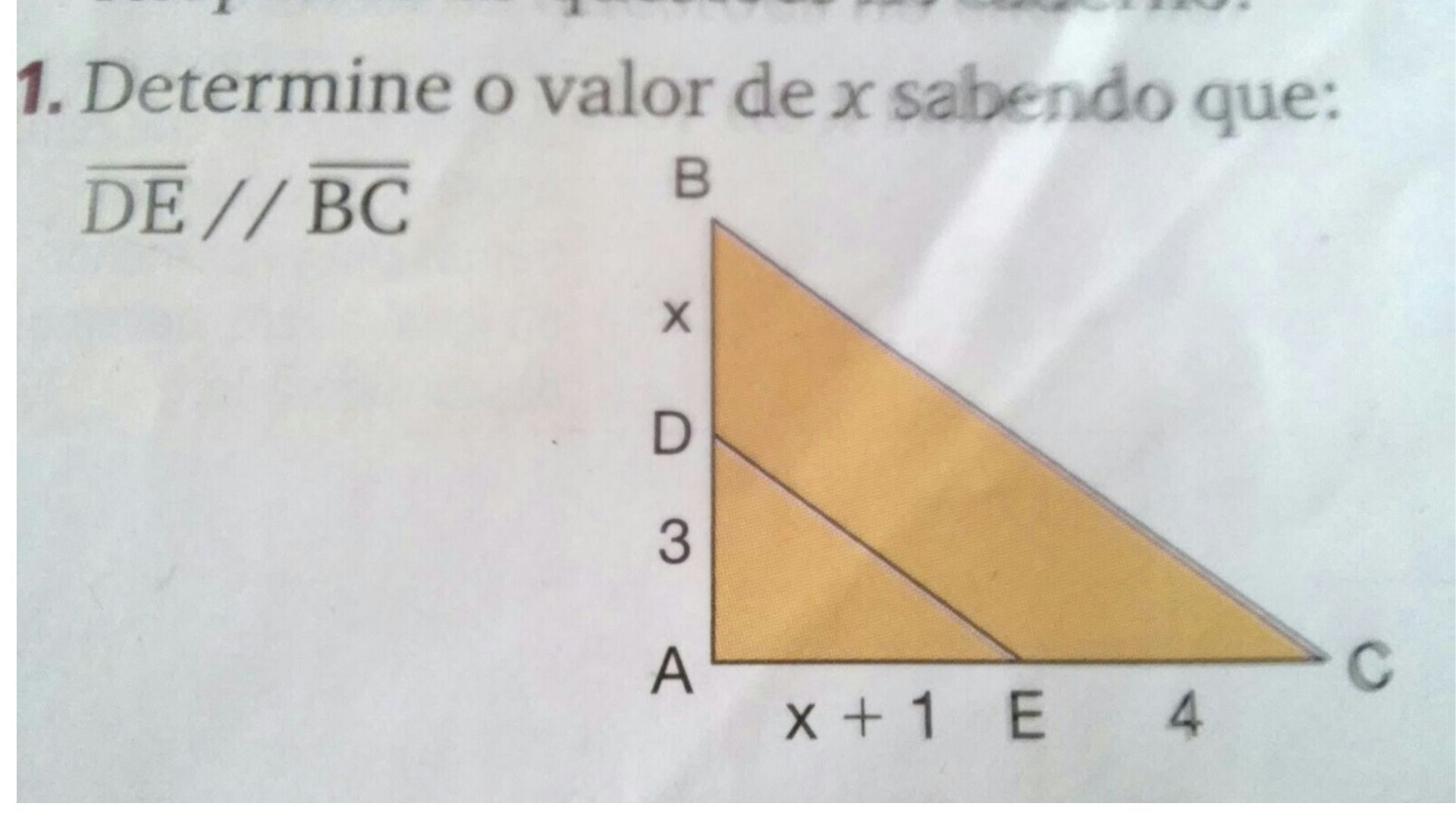Poems About Roses Being Red and Violets Being Blue (The “Roses Are Red, Violets Are Blue”) Have Origins that Date Back Thousands of Years
“Roses are red, violets are blue” poems have long been an effective means of conveying one’s love and affection through poetry, with generations passing them down through generations.
While its exact origins remain obscure, color imagery poetry appears to have first gained popularity around 1650. Due to their simplicity and universal appeal, these poems have quickly become an integral form of expressive poetry for expressing feelings and communicating emotions.
Poems of “Roses Are Red, Violets Are Blue” Reveal Their Structure
These poems tend to follow a fairly straightforward structure. They typically consist of four lines, with the first two outlining a color-based comparison and the last two completing a rhyme scheme – often an AABB arrangement, whereby first and second lines rhyme while third and fourth lines also rhyme with each other.
Poets have taken to rewriting this classic poem with different lines and opening lines to suit their unique creative expression, replacing roses with different objects or changing up its structure altogether.
“Roses Are Red, Violets Are Blue” Poems Remain Popular Today
One reason that “Roses are red, violets are blue” poems remain popular is due to their ability to efficiently convey complex emotions in an easily understandable manner. Their color-based comparison helps readers focus on what sentiment is being expressed: be it love, friendship or even humor.
Additionally, their familiar structure and rhyme scheme makes these poems accessible to both veteran poets as well as newcomers to poetry. They offer a platform for creative expression as well as opening doors into other forms of poetic art forms.
Modern Interpretations and Variations
Modern “Roses are red, violets are blue” poems have seen an amazing transformation over the last several years. No longer limited to sentimentality-focused expressions, these modern variations reveal its adaptability and ability to fit a wide variety of tones and topics.
Social media platforms have allowed these poems to reach an even wider audience, as people post their own versions of “Roses are red, violets are blue” poems on these platforms – adding their personal flair and creativity to an ageless form.
Conclusion
From its humble origins to contemporary interpretations, the “Roses are red, violets are blue” poem has long been recognized for its symbolism of love, affection, and creativity. Its accessibility makes it an invaluable form of self-expression for poets as well as non-poets alike.
No matter if it’s to declare your love, make someone laugh, or simply engage in poetic playfulness, the “Roses are red, violets are blue” poem is sure to leave an indelible mark that will leave an unforgettable memory behind.



